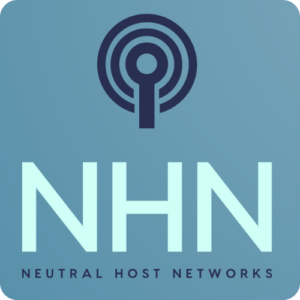Exploring how the RAN Intelligent Controller, or RIC, might be used in an Open RAN network is an important part of the work the ONE Word project is doing for the DSIT competition.
RIC is a key component that enables dynamic optimization, automation, and intelligence within the RAN (Radio Access Network). It interfaces with various elements of the RAN infrastructure, including the Central Unit (CU), Distributed Unit (DU), and the radio units (RRUs or gNBs), to optimize radio resource management and enhance network performance.
The RIC for the ONE Word project is being developed by the University of Lancaster.
Here’s how RIC works and how it utilizes xApps and rApps:
- RIC Architecture:
- RIC consists of a centralized controller and potentially distributed instances for scalability and resilience.
- It interfaces with RAN elements via standardized interfaces such as the O-RAN Alliance’s E2 interface, which allows it to collect real-time network data and send control commands.
- RIC can execute both centralized and distributed optimization algorithms to improve network performance.
- xApps (Extended Applications):
- xApps are software applications that run on top of the RIC platform.
- They perform various functions such as network optimization, resource management, and service orchestration.
- xApps leverage real-time network data collected by the RIC to make decisions and issue control commands to the RAN elements.
- Examples of xApps include:
- Admission Control xApp: Manages the admission of new users and services based on network capacity and quality requirements.
- Load Balancing xApp: Optimizes resource utilization by redistributing traffic among different cells or sectors.
- Mobility Management xApp: Improves handover performance by optimizing handover parameters based on user mobility patterns.
- rApps (RAN Applications):
- rApps are similar to xApps but are specifically designed to run on RAN elements such as RRUs or gNBs.
- They perform localized optimization and control functions, leveraging real-time data from the RAN element itself.
- rApps can execute tasks such as interference mitigation, power control, and beamforming optimization directly at the radio unit level.
- By distributing intelligence to the edge of the network, rApps can enable faster response times and reduce the need for centralized processing.
- Interaction between RIC, xApps, and rApps:
- RIC coordinates the execution of xApps and rApps based on network policies and optimization objectives.
- xApps may request specific actions from rApps to implement localized optimizations or collect additional data for decision-making.
- RIC orchestrates the deployment of xApps and rApps across the RAN infrastructure, ensuring that they work together harmoniously to achieve desired network performance goals.
In summary, RIC in a 5G Open RAN network acts as an intelligent control plane that orchestrates network optimization through the use of xApps for centralized functions and rApps for distributed functions. By leveraging real-time data and coordinating actions across the RAN, RIC enables dynamic and adaptive network management to meet the demands of 5G services and applications.















